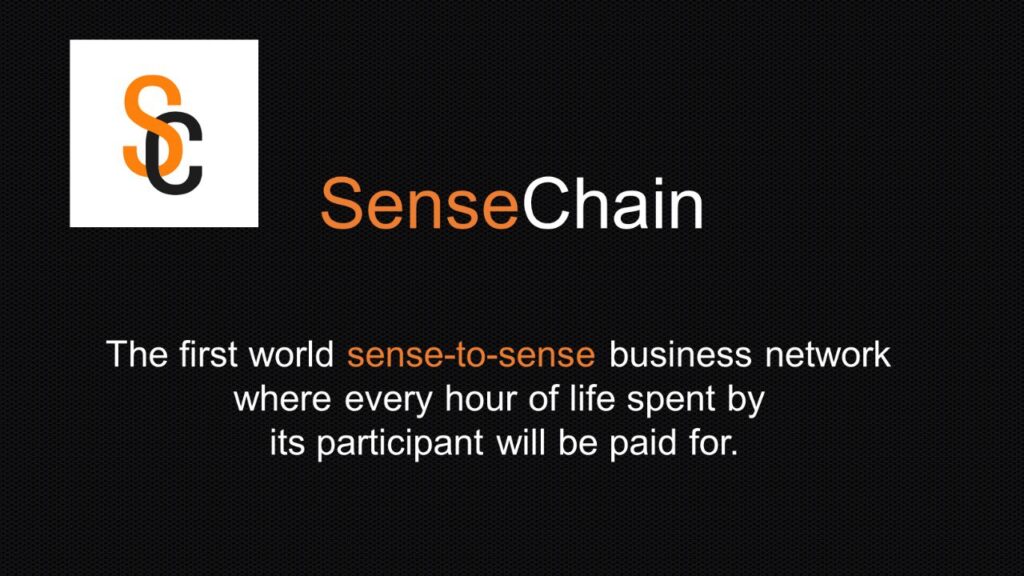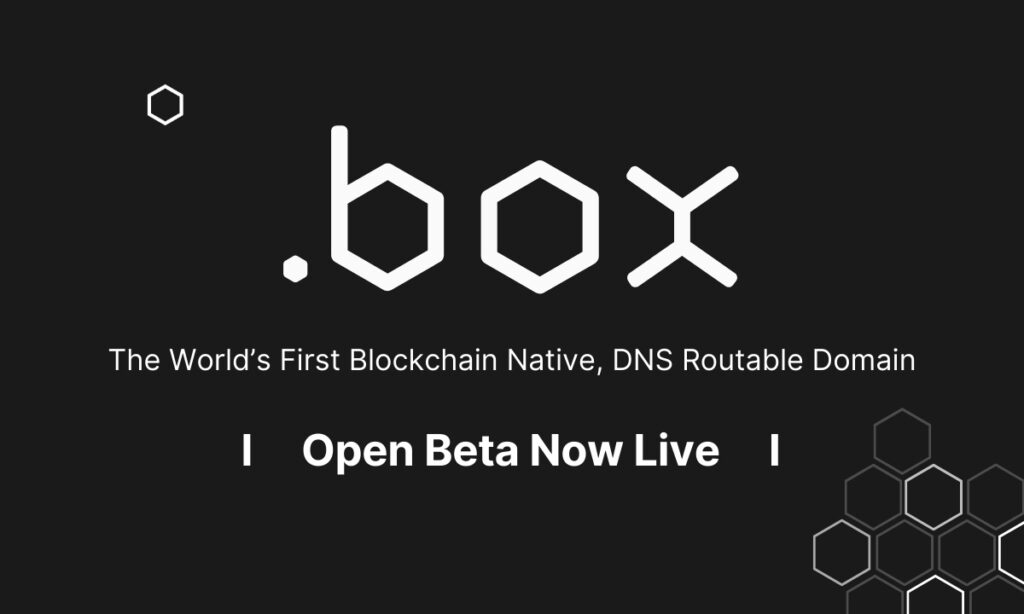VanEck, the asset management firm, has decided to shutter and liquidate its Bitcoin Strategy Exchange-Traded Fund (ETF), a move that comes less than two years after its launch.
The decision was officially announced on January 17th, with VanEck’s board of trustees granting approval for the liquidation and dissolution of the ETF, which had been listed on the Cboe BZX Exchange since November 2021.
This strategic move follows VanEck’s recent approval from the United States Securities and Exchange Commission (SEC) to list shares of its spot Bitcoin ETF.
VanEck explained that this decision was the result of a comprehensive evaluation of multiple factors, including performance, liquidity, assets under management, and investor interest.
In a statement, the firm stated, “VanEck continuously monitors and evaluates its ETF offerings across a number of factors, including performance, liquidity, assets under management, and investor interest, among others.”
Shareholders who hold positions in the Bitcoin Strategy ETF will have until January 30th to sell their shares, as the fund’s ticker symbol, XBTF, is set to be delisted on February 6th.
READ MORE: Ether Surges Over 20% Against Bitcoin in 72 Hours, Traders Bullish on Further Upside
In a post dated January 17th, VanEck hinted that the decision to discontinue the ETF linked to Bitcoin futures was influenced by the SEC’s green light for spot Bitcoin investment vehicles.
VanEck has also made strides in the cryptocurrency space by launching the VanEck Bitcoin Trust ETF, with the ticker symbol HODL.
This ETF started trading on the Cboe BZX Exchange on January 11th, and it has seen impressive success, with all recently approved spot Bitcoin ETFs collectively amassing approximately $4.5 billion in trading volume on their first day of operation.
A report from CoinShares underlined the increasing popularity of cryptocurrency products in the United States, as it revealed that inflows into U.S. crypto products for the week ending on January 12th surpassed those of Canada, Germany, and Sweden.
This data suggests that despite the discontinuation of the Bitcoin Strategy ETF, the interest and investment in cryptocurrencies remain robust and continue to shape the financial landscape.












